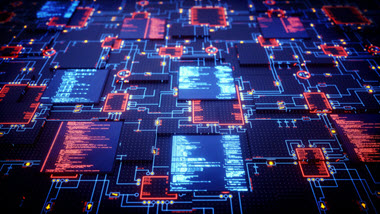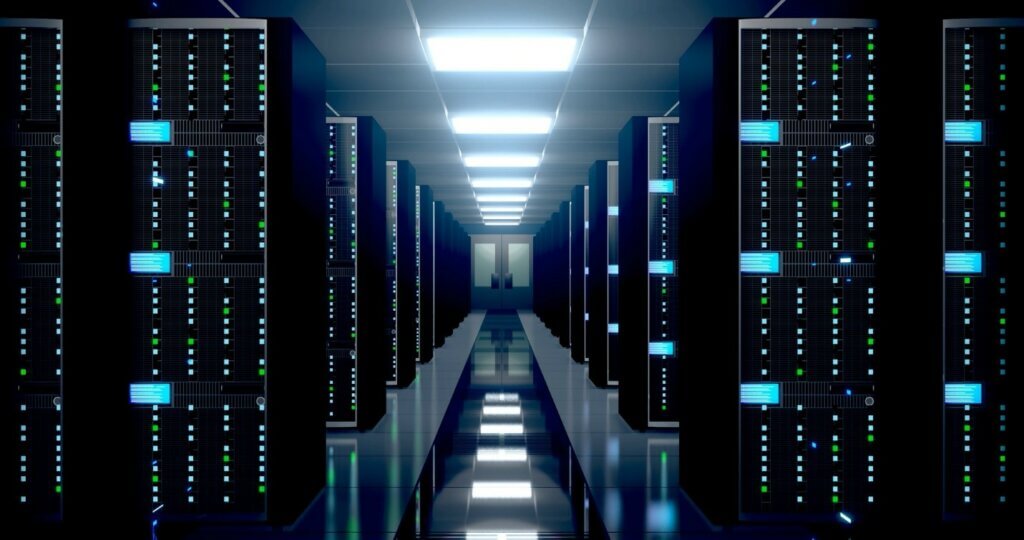- About
- Solutions
- Essentials
- Utilities
- Publications
- Product Delivery
- Support
HPE Shadowbase data definition language (SB DDL) command replication (SB DCR) replicates DDL command changes (such as source table schema changes) and applies them to the target database to keep the target database structure consistent with the source database structure.
SB DCR can be configured to automatically and seamlessly integrate with Shadowbase data manipulation language (SB DML) replication (for transactional inserts, updates, and deletes), allowing Shadowbase replication to apply the DDL changes at exactly the correct point in the replication stream to keep the two databases synchronized while DML replication takes place.

HPE Shadowbase DCR for SQL/MP replicates SQLCI commands that are applied to the source database to the target database, which can take place while Shadowbase DML event replication is actively running. SB DCR uses file or table name mapping between the source and target so that source system commands have the same result when applied to the target system. In particular, this utility helps HPE RDF customers who use RDF/SDR (RDF SQL DDL Replicator) to migrate to a HPE Shadowbase solution.

Database administrators (DBAs) define the schema using a DDL.
Data replication keeps multiple database copies synchronized on different systems with SQL DML operations (insert, update, delete, etc.). The most current schema definition must exist on all system copies. A schema update (via DDL commands) on the source database must also be applied to the target database copies.

If schema definitions are not kept synchronized on all copies, then data replication updates to the system copies will fail (since the correct schema does not exist), resulting in data inconsistency between source and target databases. Without a remediation solution, data replication must be stopped, and the schema updates sorted and manually applied to all target database copies – a manual process that is error-prone and creates a failure window where data may be lost.
The HPE Shadowbase DCR utility simplifies migrating NonStop RDF/SDR users to an HPE Shadowbase solution while they are using the NonStop SQL/MP database.
It is also helpful to preserve DDL command replication capabilities for customers that convert off-platform solutions, e.g., using Linux/Oracle or Windows/SQL Server, to the NonStop platform using SQL/MP.
DCR DDL replication provides a required element of data replication software, provides product differentiation for Shadowbase, and simplifies the migration of RDF and other replication solutions to a Shadowbase solution and SQL/MP.